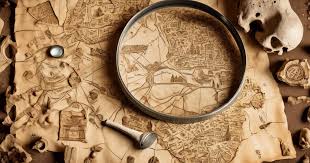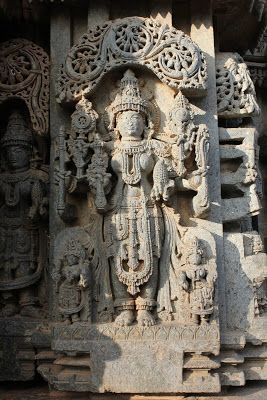Exploring the Intersection of Cultural Heritage and Archaeology
Cultural heritage and archaeology intertwine to provide profound insights into our past, helping us understand the complexities of human societies. In this blog post, we’ll explore the significance of these disciplines, highlight key archaeological discoveries, and discuss how they inform our understanding of cultural heritage.https://www.sciencedirect.com/topics/social-sciences/cultural-heritage#:~:text=Cultural%20heritage%20is%20the%20legacy,values%2C%20places%2C%20and%20objects.
What is Cultural Heritage?
Cultural heritage encompasses the traditions, practices, languages, and artifacts that communities pass down through generations. It includes both tangible heritage—like buildings, monuments, and artworks—and intangible heritage, such as folklore, music, and traditional crafts. Protecting and preserving cultural heritage plays a crucial role in maintaining identity and fostering a sense of belonging within communities.

The Role of Archaeology
Archaeology studies human history through the excavation and analysis of artifacts, structures, and other physical remains. Archaeologists uncover layers of human existence, piecing together stories from the past that might otherwise fade away. This discipline enhances our understanding of how ancient societies functioned, their belief systems, and their interactions with the environment.
Key Discoveries in Archaeology
Pompeii: The tragic eruption of Mount Vesuvius in 79 AD preserved this Roman city under layers of ash. Archaeological excavations reveal intricate details of daily life, including homes, shops, and even graffiti, providing a snapshot of Roman civilization.
Stonehenge: This prehistoric monument in England continues to intrigue researchers. Recent discoveries suggest that it may have served as a site of healing, and its alignment with celestial events demonstrates the sophisticated understanding ancient people had of astronomy.
Machu Picchu: The Incan citadel in Peru offers insights into Incan architecture, agriculture, and spirituality. Ongoing archaeological efforts reveal more about the society that built this stunning site, including their engineering prowess and agricultural innovations.
The Tomb of Tutankhamun: Discovered in 1922, this tomb unveiled a wealth of artifacts that illuminated the wealth and culture of ancient Egypt. The treasures found within, including the famous golden mask, continue to captivate and educate.
The Importance of Preservation
Preserving cultural heritage sites proves vital for future generations. Archaeological sites often face threats from urban development, climate change, and looting. Engaging communities in preservation efforts and raising awareness about the significance of these sites helps ensure their survival.

The Impact of Technology https://culturalheritagestudies.ceu.edu/concept-and-history-cultural-heritage
Advancements in technology have revolutionized archaeological practices. Techniques like ground-penetrating radar, 3D modeling, and digital mapping allow archaeologists to explore sites without invasive digging. These technologies enhance our understanding of historical contexts and make archaeological findings more accessible to the public.

Conclusion https://afconesinfra.in/contact/
Cultural heritage and archaeology serve as essential tools for understanding our shared human experience. By uncovering and preserving the past, we celebrate the diversity of cultures and foster a deeper appreciation for our collective history. As we move forward, we must advocate for the protection of cultural heritage sites, ensuring they remain sources of inspiration and knowledge for generations to come.

